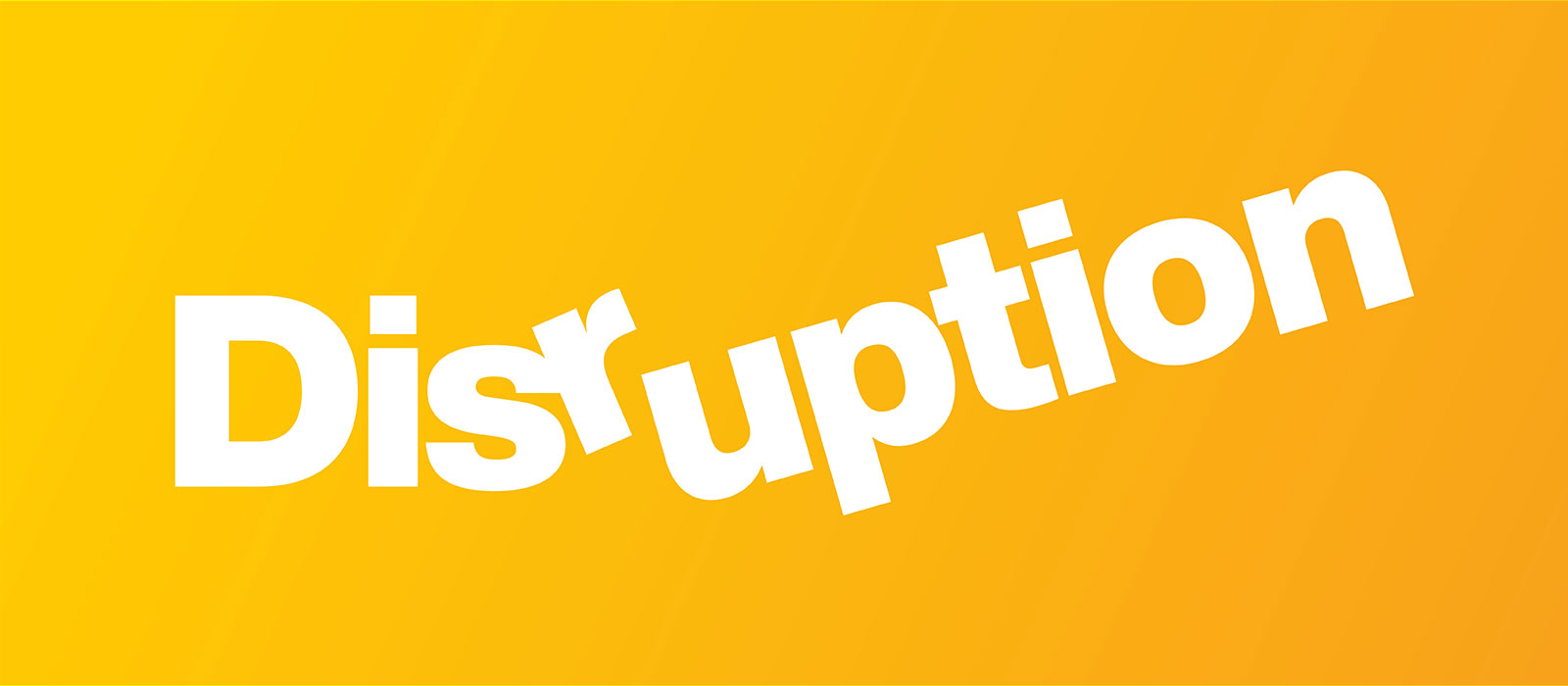×

Our Executive Director of Architecture, Glen Middleton, shares how brands should be approaching sustainable retail design.

Lee Carpenter, CEO, and Lynn Gonsior, COO at ChangeUp, share their perspective on fostering innovation-driven and brave leadership.
Innovation has always been the engine of business, that is indisputable. What has changed over time is the role leadership plays in innovation. In decades past, leaders sought to dominate industries because being the biggest meant you could navigate the toughest challenges and stay on course. Innovations created whole new industries as Kodak did with film and Coca-Cola with soft drinks. Leaders focused on scale of manufacturing, distribution, and market penetration. Inventors did the innovating, and leaders created empires. Rapidly changing plans and adjusting to the market could have been interpreted as weak business leadership.
Suffice it to say, that’s no longer the case.
You’ve heard “necessity is the mother of invention” before, right? That’s more than a cliché. For many industries today, it’s the standard operating procedure. Leadership today requires navigating chaos, ambiguity, and uncertainty. This shift puts a different, but no less critical burden on innovation. More than ever, innovation is forged by companies that don’t have any other choice – they need to bravely face the unknown versus protecting the status quo. A strategic inflection point causes an unexpected event to take you off track, and these businesses must go off-road where things can get very bumpy.
Quick, look around. We’re actually experiencing an inflection point right now where change is inevitable. The COVID-19 pandemic has perhaps given the retail industry its biggest sharp turn in history – it has changed the game by bringing a sea-change in shopper behavior and expectations, and potentially upending most traditional business models.
Most significantly, the pandemic has driven consumers to move their shopping habits almost entirely online…almost entirely overnight. As evidence, Walmart saw its online business grow by 74%, and Target’s said, digital sales rose by 141%. And we don’t expect people to give up that online facet once life inevitably returns to normal.
Leadership in these times, and the foreseeable future, means the ability to pivot quickly and change course to avoid crisis and take advantage of the opportunity that comes with disruption. The pandemic has been a boot-camp for creating, managing, and executing change quickly. Innovative companies will rise to the challenges and integrate the lessons into their future way of doing business. The speed and urgency of change means that leaders will need to get comfortable with it, and, more importantly, continuously seek it.
As you’d expect, both Lee and Lynn have bold opinions on this subject. As long-time entrepreneurs, here’s their take on fostering an innovation-driven mindset to help brands and retailers emerge stronger.
Lee: “In short, be ready for more inflection points. You’ve got to consistently and continually innovate. It’s almost unfathomable to think of what 2021, heck, what the fall of 2020 will look like. But you’ve got to be adaptive and responsive for whatever the future holds, and that means being more open to risk. The future reveals itself in many ways, and subtly, so leaders need to look beyond their usual competitive set and traditional KPI’s. Being brave requires anticipating moves, not merely reacting to them. The key is to broaden your view. The biggest opportunities to innovate often come from your peripheral vision – this is where strategic inflection points will emerge.”
Lynn: “In a downturn economy, most innovators are challenged to answer the question, ‘How can we innovate better with less?’ I’ve been there myself, so I have felt the pain. My advice: don’t hesitate – there are some ways to make your efforts faster, lower risk, and with less investment right now.
1. Gather the factors that are changing consumer behaviors. Listen to the jobs people are trying to get done in their lives instead of a product category, and you can unlock a powerful tool for navigating disruptive change. For example, an obvious case in retail right now is the services consumers are demanding greater access to, such as curbside pick-up or contactless payment to get what they need more quickly and efficiently.
2. Look outside your category. Who is making bold moves? Think beyond what you have to do to what you can do. To innovate and stand out, think about a) what can you do with your product that’s special? b) what else could your space do to help your shoppers solve some of their new problems?
3. Look for deserted space as a new channel to test and learn. Is the parking lot an option to expand outdoor seating or create a welcoming open-air space for shoppers to queue? Make space design work harder and provide new value.”
Lee: “Perhaps the most important takeaway is that market disruption isn’t going to stop. Remember when 2008 was a once-in-a-lifetime blip on the economic radar?
But was it a single moment that changed everything irrevocably? Or was it just the tipping point? So many retailers have engaged in a ten-year struggle to become relevant in e-commerce. Despite hundreds of millions of dollars and endless hours of executive time. But were they innovating for efficiency or treating it as the growth channel it has become?
What we were referring to as market disruption has almost always been revving up for a while. If you see it early, though, this “inflection point” can be a strategic benefit.
The key is to discover the future while simultaneously managing risk. Though disruption is continuously on the horizon, don’t fall in love with one big idea to save the day – that isn’t being brave, it is reckless. Leading is about deciding where to place your bets. Putting all your bets on a longshot has never been a good strategy. Innovators stay ahead of the curve by placing a lot of small bets knowing that some will fail, some will break even, and some may hit big.”
What will it take to navigate this crisis? Our answer is a call to act differently. A crisis offers a new opportunity to introduce something with no rules. The chance for bold innovation has never been greater. Now is the time to do things you’ve always been too scared to do. This is a moment to be brave and break through.


